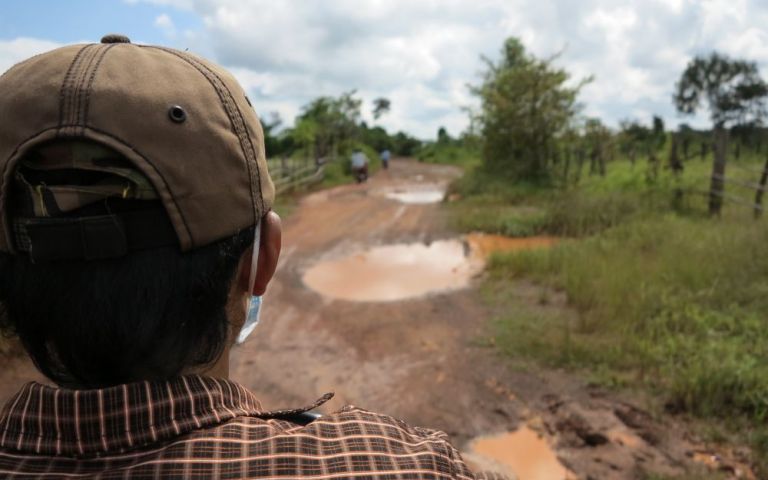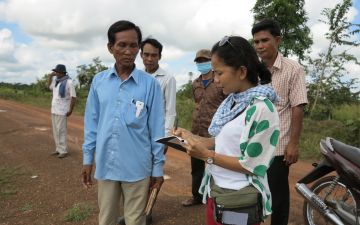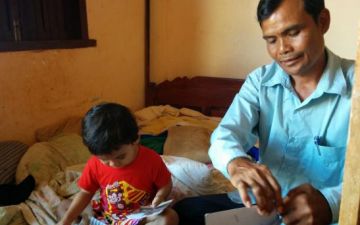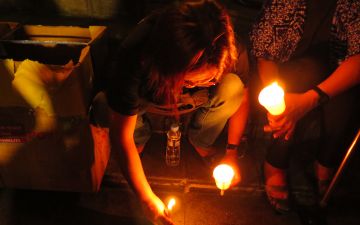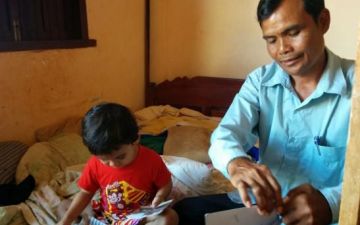In the last decade, across the globe, environmental journalism has turned deadly. Since 2004, according to data from the Committee to Protect Journalists, 34 environmental journalists have been killed in the field—more than have died in Afghanistan. In India and Russia, Indonesia and Argentina, environmental journalists covering logging, mining, pollution, and land conflicts have found themselves targeted by governments and illegal groups alike. In many parts of the world, environmental reporting is no longer a branch of science writing: it's war correspondence.
And the stakes are as high as any war: in the remote areas where logging and agribusiness projects take place, environmental reporters are often the international community's only eyes. According to Reporters Without Borders, “without a free press, efforts to fight global warming will be in vain.” That gives the attacks on them grim significance: as they flee or are killed, the areas they cover often go dark, becoming places where other journalists are afraid to report.
To tell this story, Saul Elbein travels to Cambodia and the Philippines—two countries where environmental reporters are on the frontlines.
